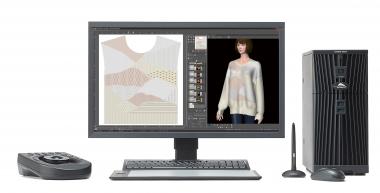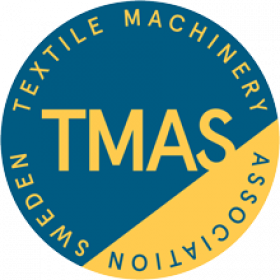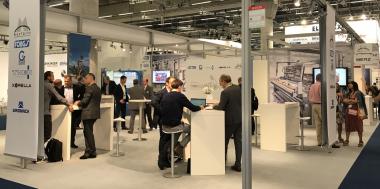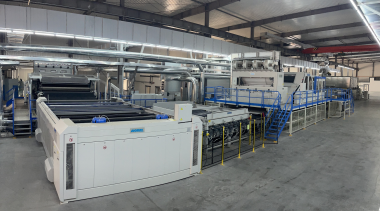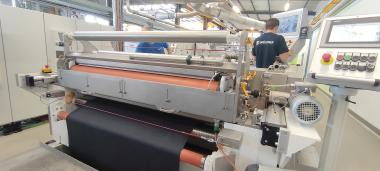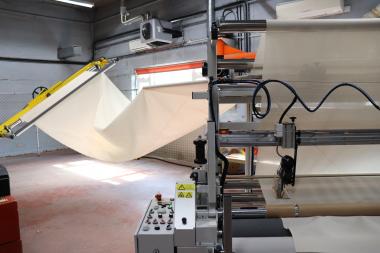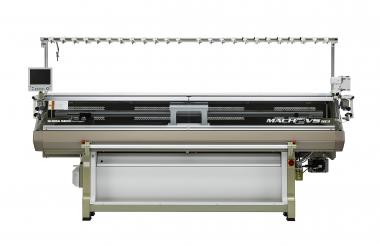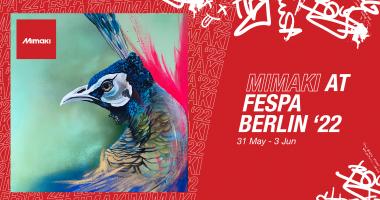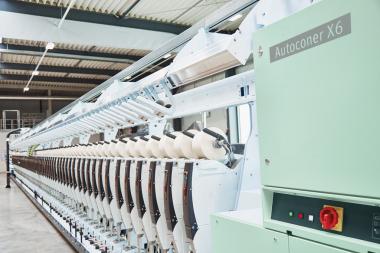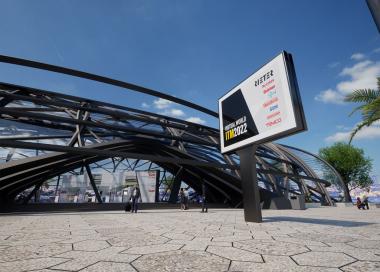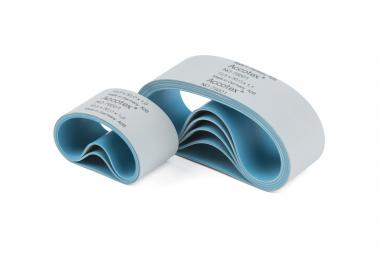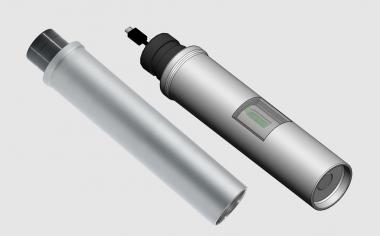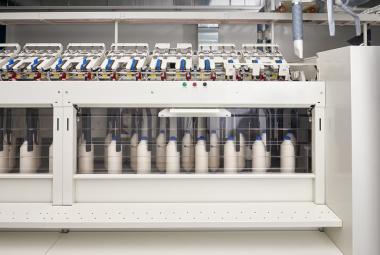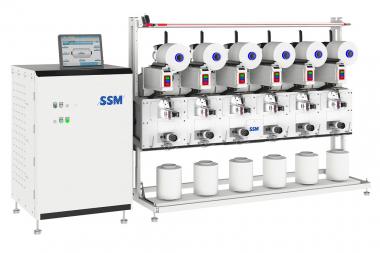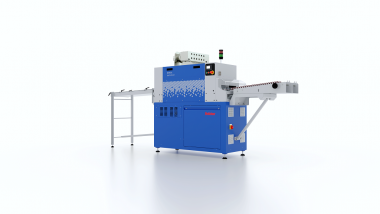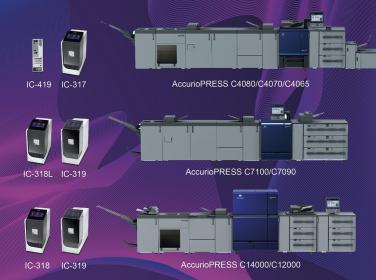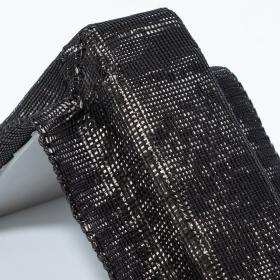SHIMA SEIKI to Exhibit at Preview in SEOUL
Flat knitting solutions provider SHIMA SEIKI MFG., LTD., Japan, together with its Korean subsidiary SHIMA SEIKI KOREA INC., will participate in the Preview in SEOUL exhibition in Seoul, Korea this month.
Taking advantage of new regulations at the show which allow for the display of textile equipment at the venue this year, SHIMA SEIKI will be showing its latest combination of WHOLEGARMENT® knitting technology that allows a garment to be produced in its entirety without the need for linking or sewing afterward, and SDS®-ONE APEX series design software yields revolutionary game-changing flexibility and efficiency, not to mention sustainability.
Shown for the first time in Korea, whose flat knitting market has a strong following for WHOLEGARMENT® knitwear, is the SWG-XR next-generation WHOLEGARMENT® knitting machine. The SWG- name pays homage to the original SWG-X model of 1997, sharing with it the same 4-needlebed configuration featuring the company's own SlideNeedle™. Add to this a renewed spring-type moveable sinker system, a compact and lightweight carriage featuring 4 systems as well as auto yarn carriers. All contribute up to 25% higher efficiency, higher quality and increased product variety for supporting knits for all seasons. SWG-XR sets new standards for the next generation of waste-free, sustainable WHOLEGARMENT® knitting.
APEXFiz™ is subscription-based design software that maintains the proven functions that have made SHIMA SEIKI’s SDS®-ONE APEX series design systems so popular with fashion designers. Installed on personal computers, those strengths are now enhanced with the added versatility to adapt to different work styles and business environments including teleworking and telecommuting. APEXFiz™ software supports the creative side of fashion from planning and design to colorway evaluation, realistic fabric simulation and 3D virtual sampling. Virtual samples are a digitized version of sample making that are accurate enough to be used effectively as prototypes, replacing physical sampling and consequently reducing time, cost and material that otherwise go to waste. APEXFiz™ thereby helps to realize sustainability and digitally transform the fashion supply chain.
Shima Seiki
Shima Seiki





